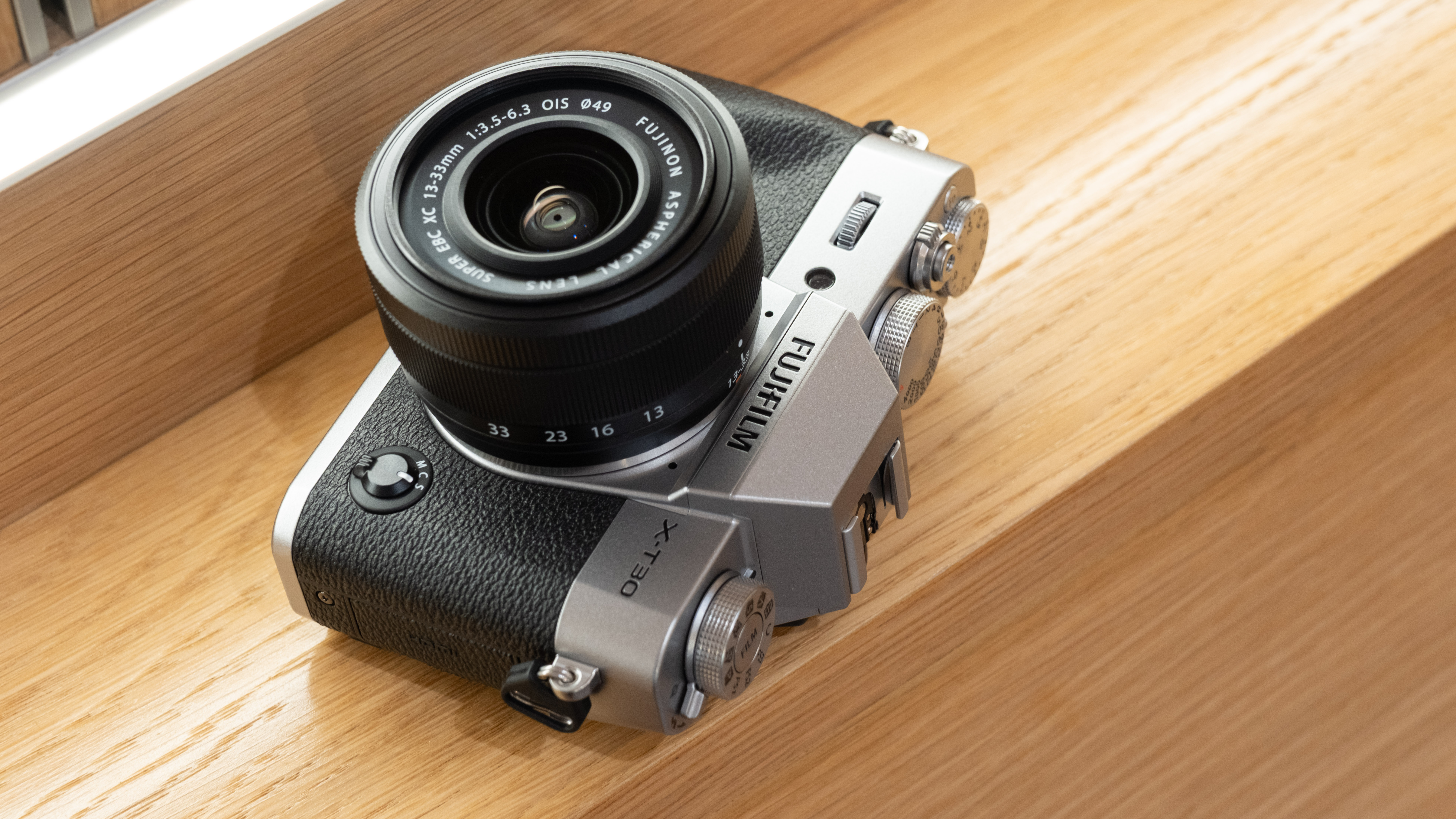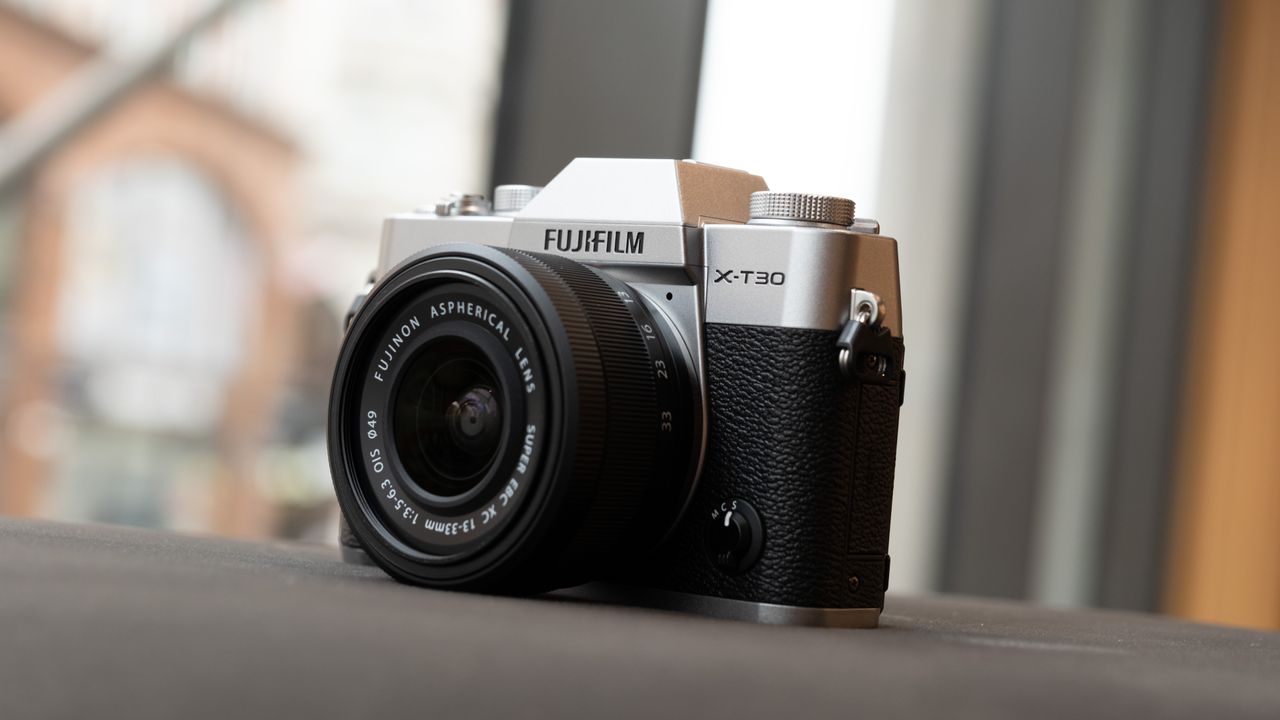
It's been four years since the X-T30 II was introduced, initially seeming like a stopgap until the technology was ready for a fully fledged X-T40. Rather, Fujifilm skipped the X-T40 entirely, with the X-T50's launch last year. But, instead of introducing a replacement for the entry-level model, the X-T50 became a sort of halfway house between the top of the X-T line – the X-T5 – and the affordable X-T30 II, leaving many questioning if Fujifilm saw a future for its entry-level model.
But the X-T30 is back – with the X-T30 III. However, thanks to the X-T50, it does make the X-Txx nomenclature slightly confusing. Out of Fuji’s entire lineup, just the X-T30 (a good camera, but not exactly an all-time great) has been selected to have numerous direct sequels. Fujifilm has a few naming schemes it could have pulled from – I personally think it would have more sense to rebrand this as an X-T500.
The major update to the X-T30 III adds the latest Fujifilm X Processor 5, which brings it in line with every other camera model in the current Fujifilm lineup. But this long update cycle has allowed Fujifilm parts to cascade down to lower price points, with the X-T30 III managing to beat the odds and stay at the same price as its predecessor – while offering a big boost to performance.
However, with Fujifilm’s one processor, two sensors strategy, there are so many similar cameras now in Fujifilm's lineup. You can achieve the same performance with either the X-M5 or X-S20. Which brings the decision entirely down to the type of body you prefer, and you can't fault Fujifilm for giving you choice. But with so much competition from within Fujifilm itself (and I haven’t even discussed other brands), is the X-T30 III still worth consideration?
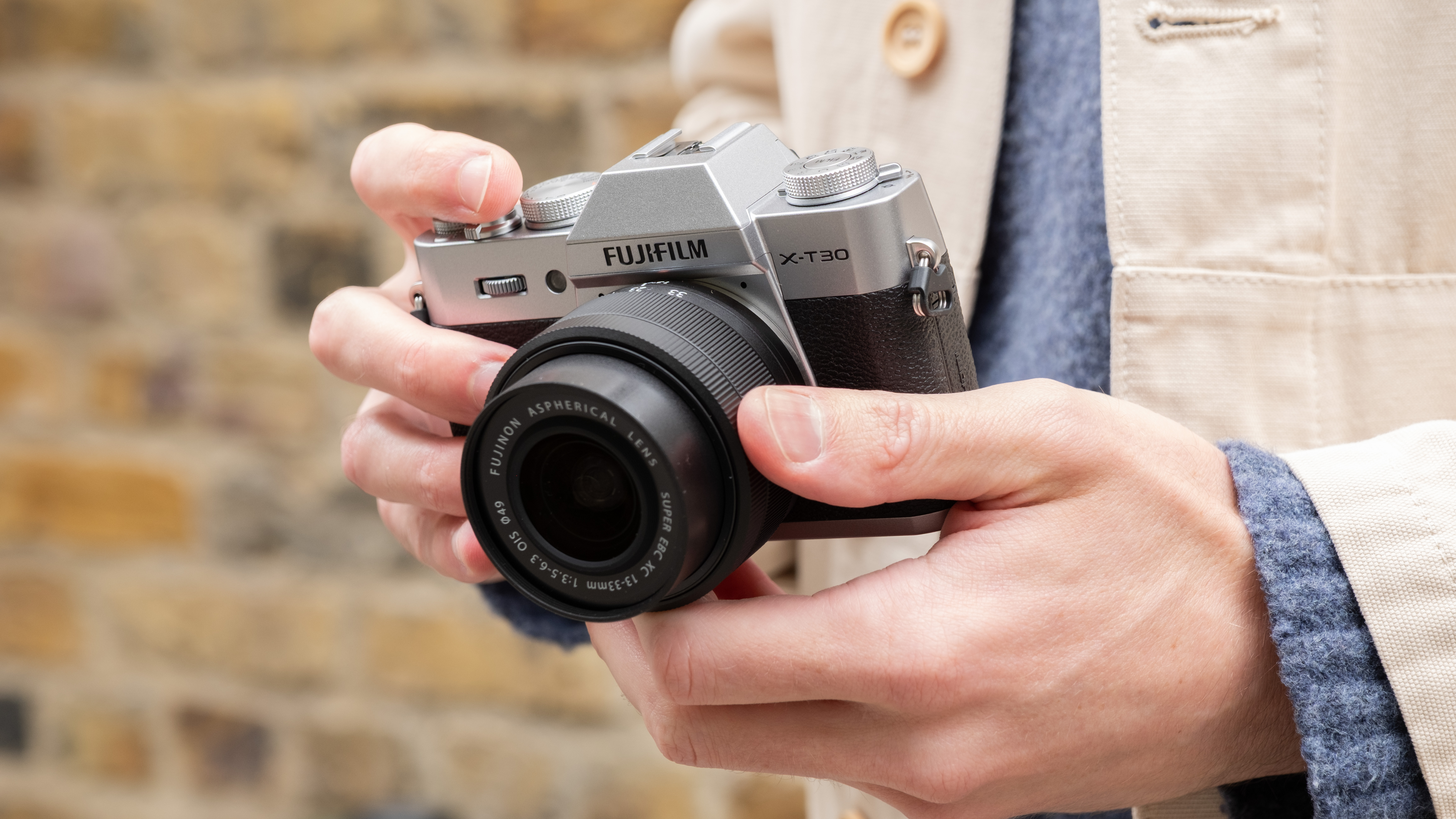
Fujifilm X-T30 III: Specifications
Lens mount |
X-mount |
Sensor |
26.1MP CMOS X-Trans IV |
Processor |
X-Processor 5 |
ISO |
160 to 12,800 (exp. 80-51,200) |
IBIS |
No |
Continuous shooting |
8fps M/S, 30fps E/S |
Video |
6.2k30p 3:2 open gate, 4k60p, FHD |
Viewfinder |
EVF, 2.36m dots |
Screen |
3-inch tilting touchscreen, 1.62m dots |
Storage |
1x SD UHS-I |
Battery |
NP-W126S, 425 shots (economy) |
Dimensions |
118.4 x 82.8 x 46.8mm |
Weight |
378g (with card and battery) |
Fujifilm X-T30 III: Price
In these uncertain economic times, Fujifilm has surprisingly managed to keep the price of the X-T30 III the same as the outgoing X-T30 II (the post-tariff wars price, anyway).
This means for the X-T30 III body only, you’ll pay $999 / £829 / AU$1,679, or the X-T30 III will ship with a new XC 13-33mm f/3.5-6.3 OIS kit lens for $1,149 / £999 / AU$1,949, which, when the lens costs $399 / £329 / AU$649 on its own – that's quite a significant saving.
The X-T30 II was discontinued several months ago and has become near impossible to find, so you won’t find a discount on the older model. A slightly cheaper retro-looking alternative from another brand is the Nikon Zfc – although it can't match Fuji's film simulations.
Fujifilm X-T30 III: Design & Handling
The X-T30 III continues Fujifilm’s lineup of classic dial-controlled cameras. It's the same formula as the Fujifilm X-T5 or X-T50 – a vintage-inspired design aimed at photographers who want a camera body to look and feel as good as the photos it takes. Instead of a rangefinder-style design like the Fujifilm X100VI, the X-T30 III is a SLR-style camera, with the EVF top and center above the screen, and a deeper grip.
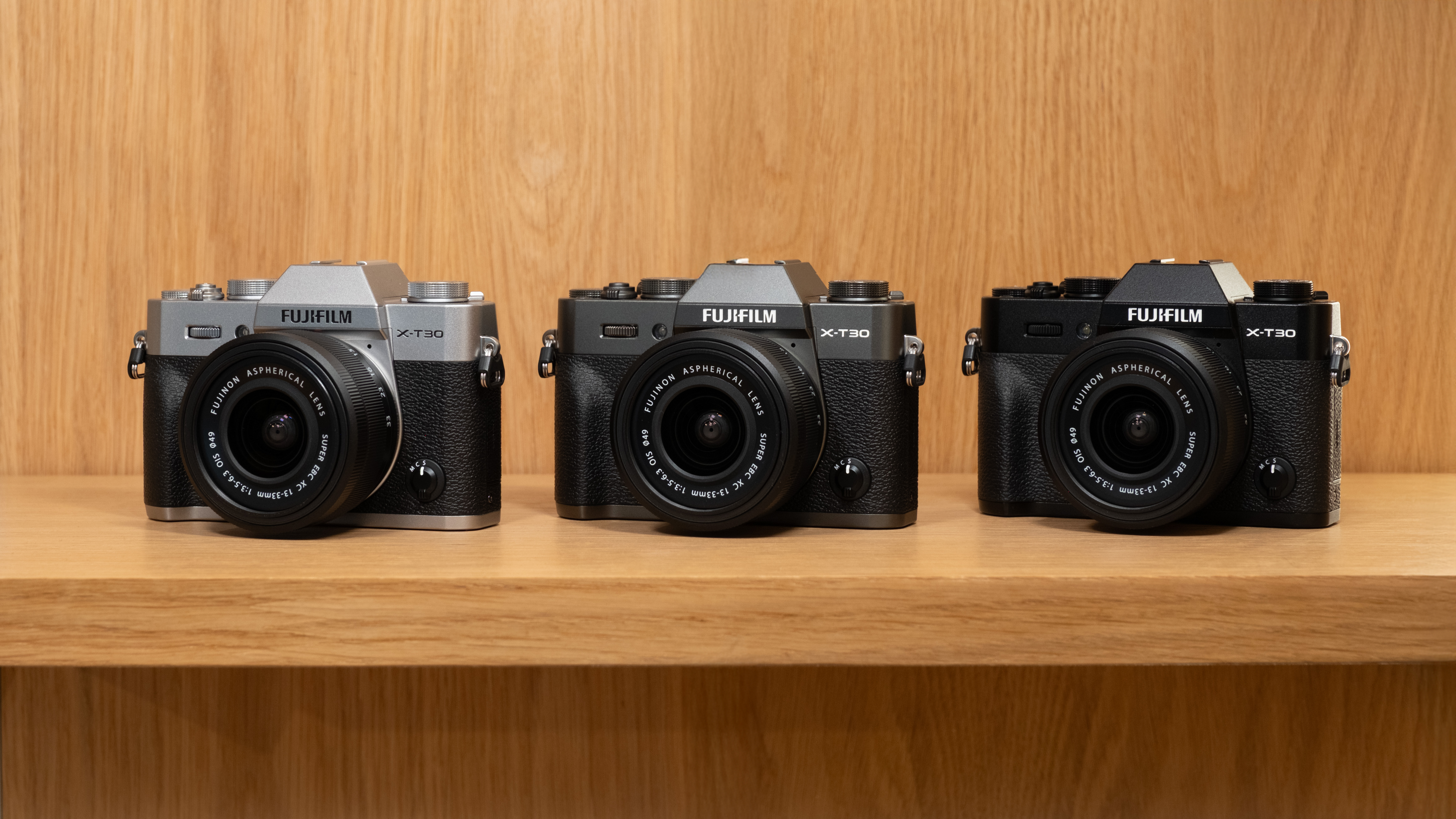
The body itself will be hard to tell apart from the X-30 II. The size and weight are identical; it's the smallest and lightest camera in the X-T series, at 118.4 x 82.8 x 46.8 mm, and 329g (or 503g with the kit lens), and it comes in even smaller and lighter than the already impressively small X-T50.
This makes the camera very travelable – I easily managed to slip it into my jacket pocket (with the new XC 13-33mm kit lens attached) while I walked around London. However, the camera is so compact that it did feel a little dwarfed in my larger hands.
Also, it's very much not expected at this price, but it's worth mentioning that there is no weather or dust sealing on the camera, so extra care when traveling is needed.
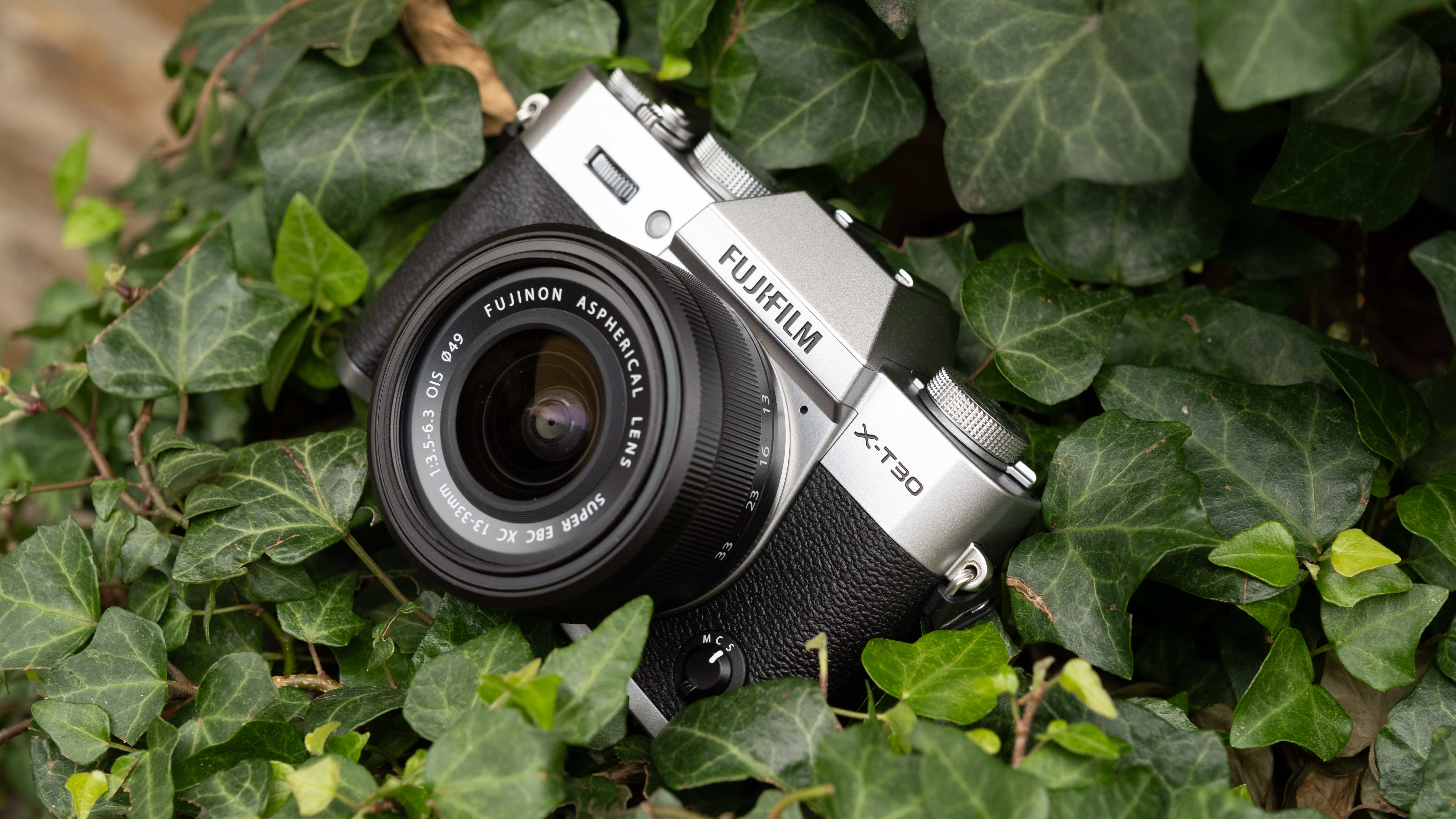
The build feels very good. It's not quite up to the same quality as the X-T5 or X100VI; there are a few more visible seams between the casing, and the dials feel a little less solid in their clicks, but for a camera that costs half the money, it's very well-made and looks gorgeous.
There are two small ways to tell the new and old generations of X-T30 apart. First, and most obvious, is that it now says X-T30 III at the bottom of the rear screen.
But apart from that, the big functional difference is, the drive dial on the previous model has switched to a film simulation dial on the X-T30 III. This also moves the drive modes down onto the now dual-purpose delete button on the rear – which is now helpfully also marked with the word ‘drive’.
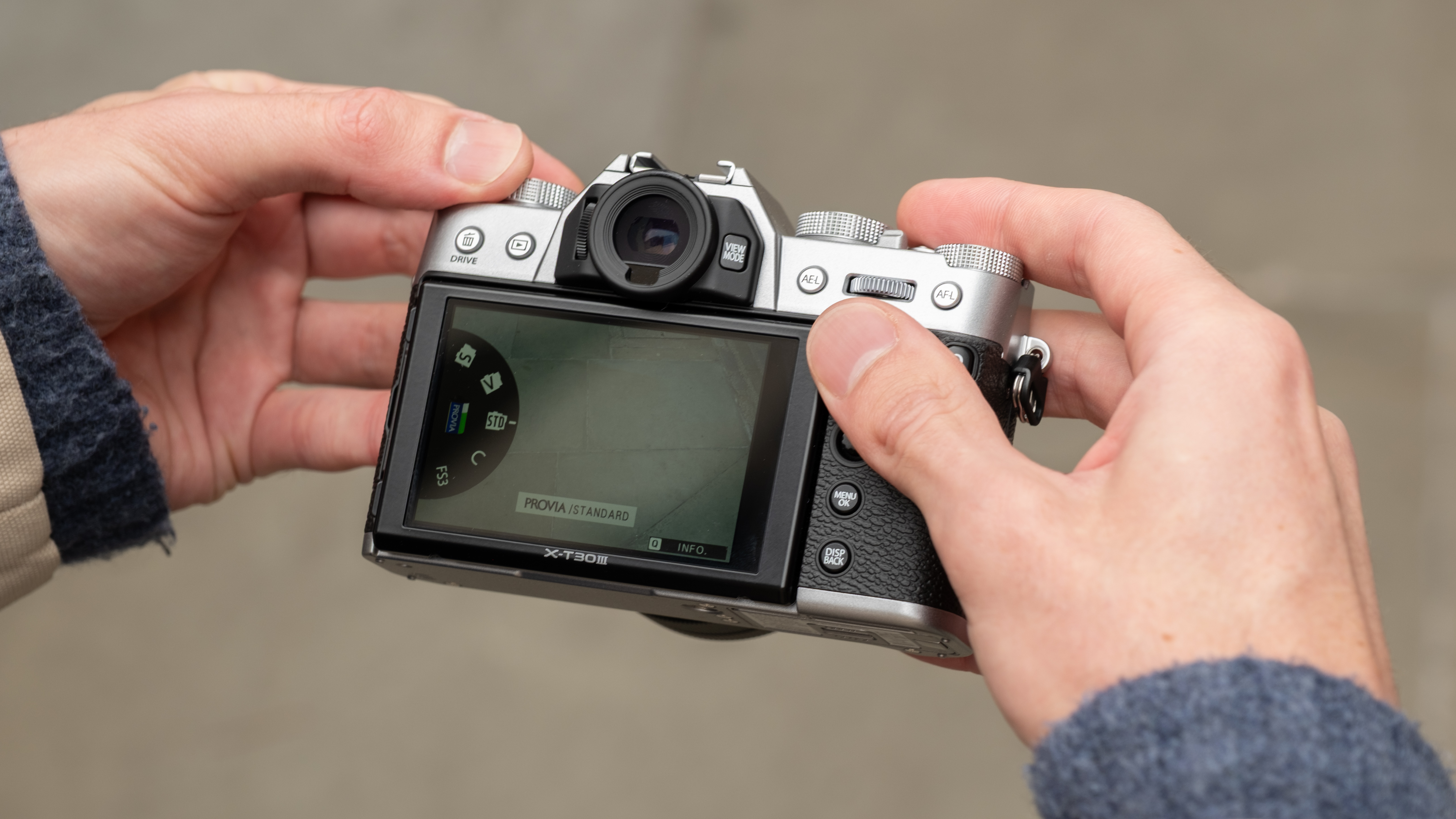
The film simulation dial has spots for half a dozen of Fujifilm’s most popular film simulations (although all 20 current simulations are available in the camera menus), as well as three spots for custom film recipes, which can be tuned in using the new recipes menu that debuted in the X-E5 earlier this year.
I’m a big recipe user, and while it wasn’t a big deal to reassign a button to switch through custom presets on older cameras, I am very happy to see them directly on the dial, as it is a far more convenient way to access them – and remember which recipe you are currently in.
The new menu is also a far better way of creating recipes, as custom settings profiles would apply to every setting on the camera, which meant I’d often mess up my focus settings or video resolution when switching between different recipes. The new film recipe menu just applies the settings you need to make recipes.
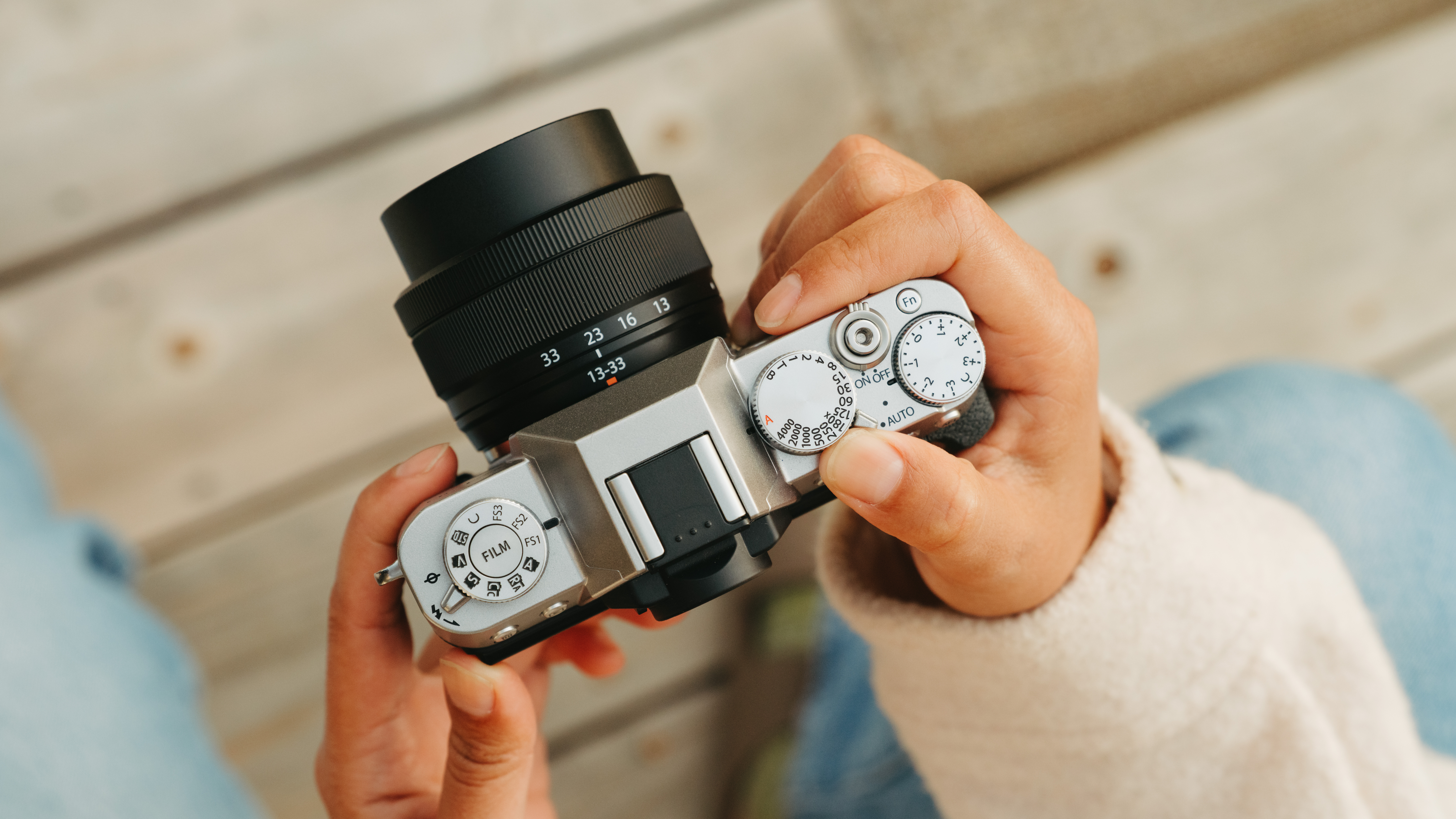
As well as the film simulation dial, there is also an exposure compensation dial and a shutter speed dial. The aperture can be controlled via a dial on the front of the camera if using the kit lens, or via aperture rings on most of Fujifilm’s XF lenses.
The X-T30 III also keeps a rarity in modern cameras – a built-in flash. The flash pops up from just above the EVF housing and offers a way to get better nighttime shots without having to rely on external accessories.
Fujifilm X-T30 III: Performance
With the same 26.1MP CMOS X-Trans IV sensor and X Processor 5 as used in cameras including the X-S20 and X-M5, it's safe to say that the quality from this combination has been well established.
This isn’t a full review of the new 13-33mm lens, but as many people will get the kit lens alongside the camera, here are a few initial thoughts. Images from my brief testing are sharp in the center with good contrast, although weaker towards the corners.
Despite the compactness of the lens, it's very quiet and fast to focus. The lens is deceptively compact, and it does have to pop out of the barrel to its first position to begin shooting, but even fully extended, it's a great balance with the camera.
The full range of film simulations is available, so JPEGs (or HEIFs) straight out of the camera have really pleasing colors and contrast and are ready to go straight on social media. But if you are just starting out and you find the choice of simulations and other settings a little overwhelming, there is also an enhanced auto mode, which can recognize a scene and pick all of the perfect settings.


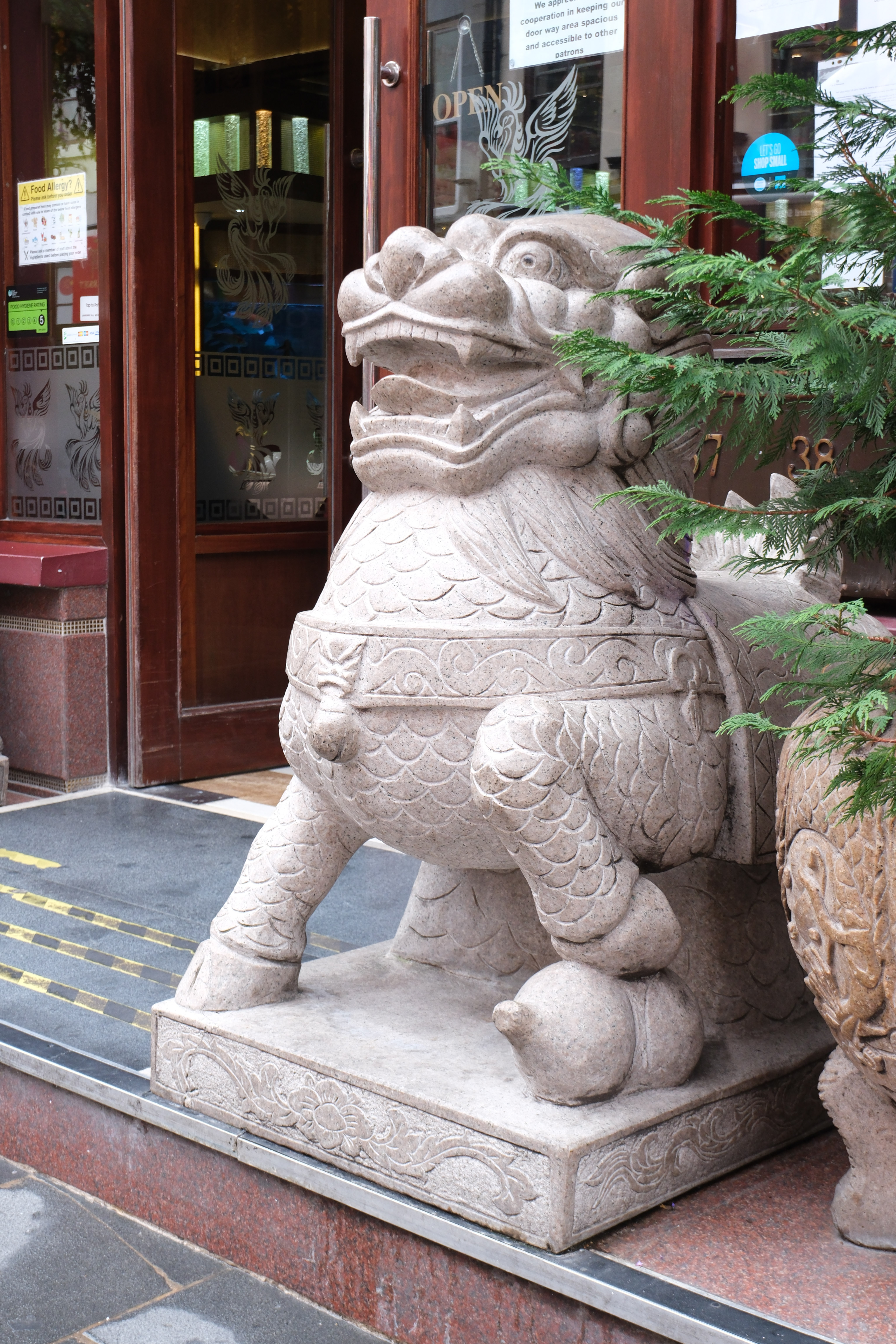
Autofocus has made a big leap from the previous generation, and is now bang up to date with the very best that Fujifilm’s range has to offer. This includes the latest subject recognition algorithms, including those for human faces and eyes, as well as animals, birds, insects, and vehicles.
Fujifilm’s autofocus is very good; it's quick and reliable, but it's not quite as rapid or sticky as Canon or Sony’s incredible autofocus.

Video specs have also got a big boost from the new processor, with the X-T30 III capable of 6.2k30p video with open gate. Open gate uses the entire 3:2 sensor area, which means that videos are easier to crop into different aspect ratios later in editing – so you can pull in more of the frame for a 16:9 video for YouTube and a 9:16 video for Reels, all while filming just once. The X-T30 III can also produce 4k video up to 60p, or FHD up to 240p.
The downside to video with the X-T30 III is that the screen is only a two-way tilt, which makes filming any vlogs or other pieces to camera difficult as a solo creator without investing in a monitor or hooking the camera up to the XApp.
The camera has digital image stabilization (DIS) at a slight crop for video, which can also be used in conjunction with OIS lenses; however, there is no in-body image stabilization (IBIS). For photos, the lack of IBIS didn't really affect my testing too much in the daytime, with the shutter speeds able to accommodate, but when the light drops, it'll be harder to get steady shots.
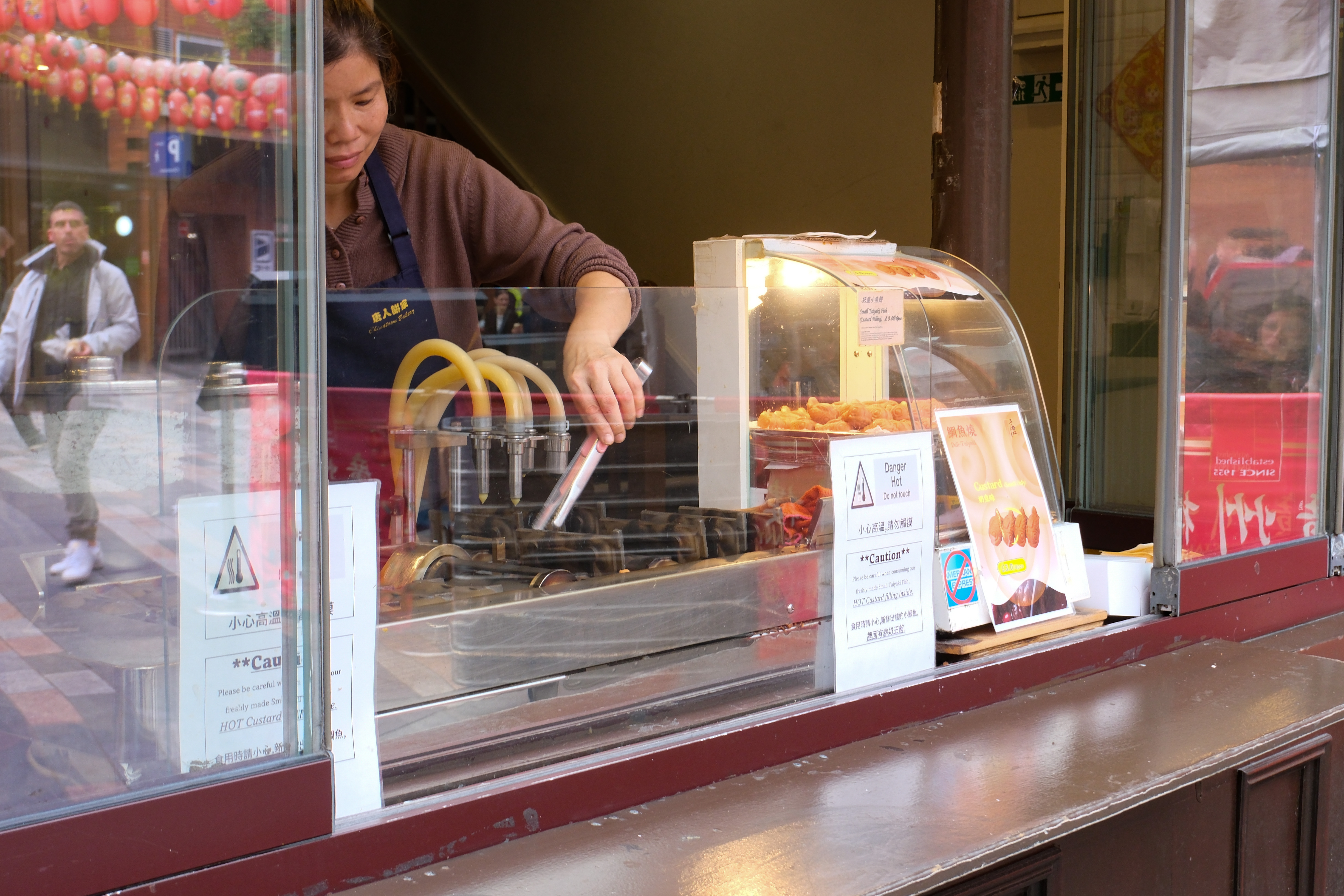
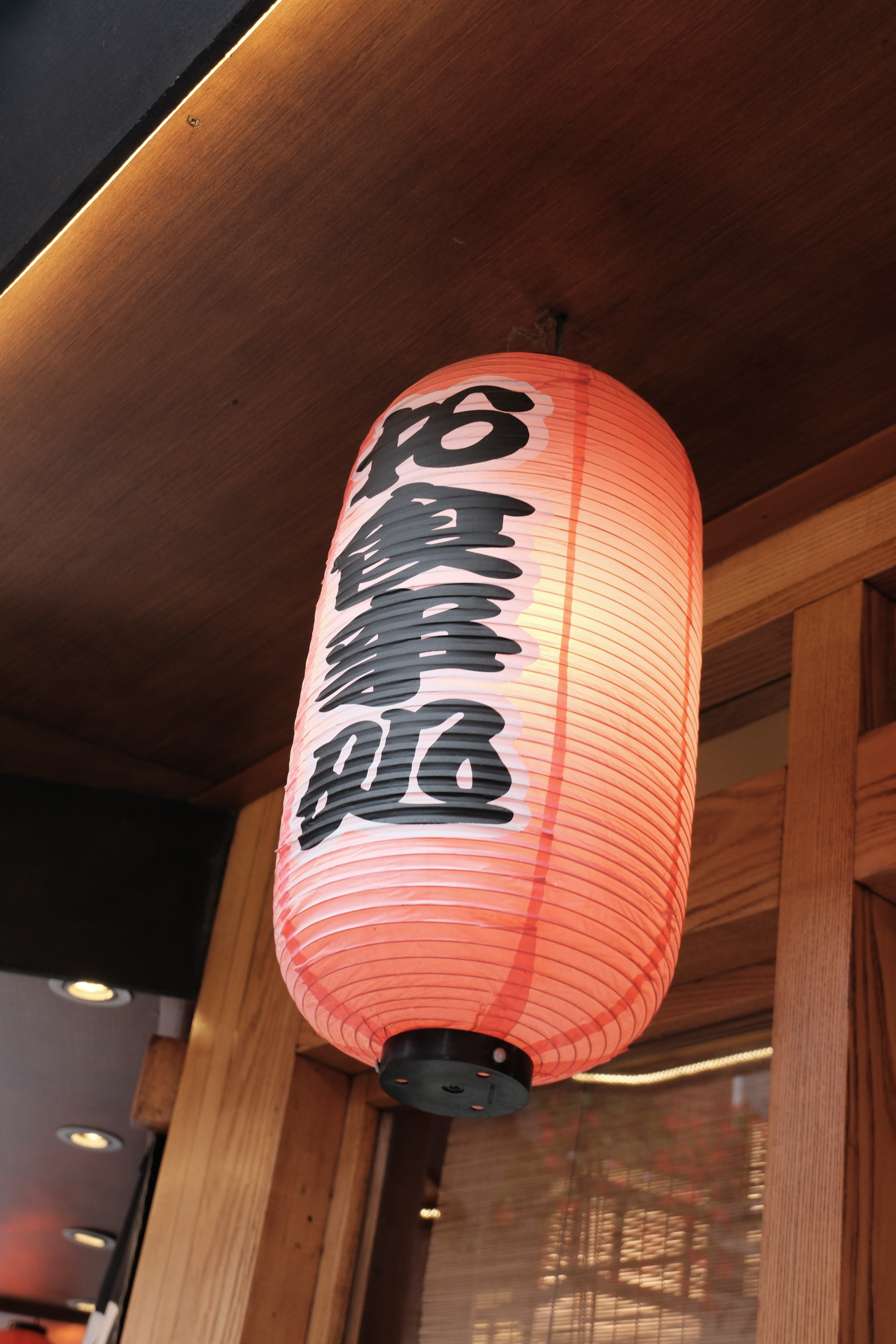
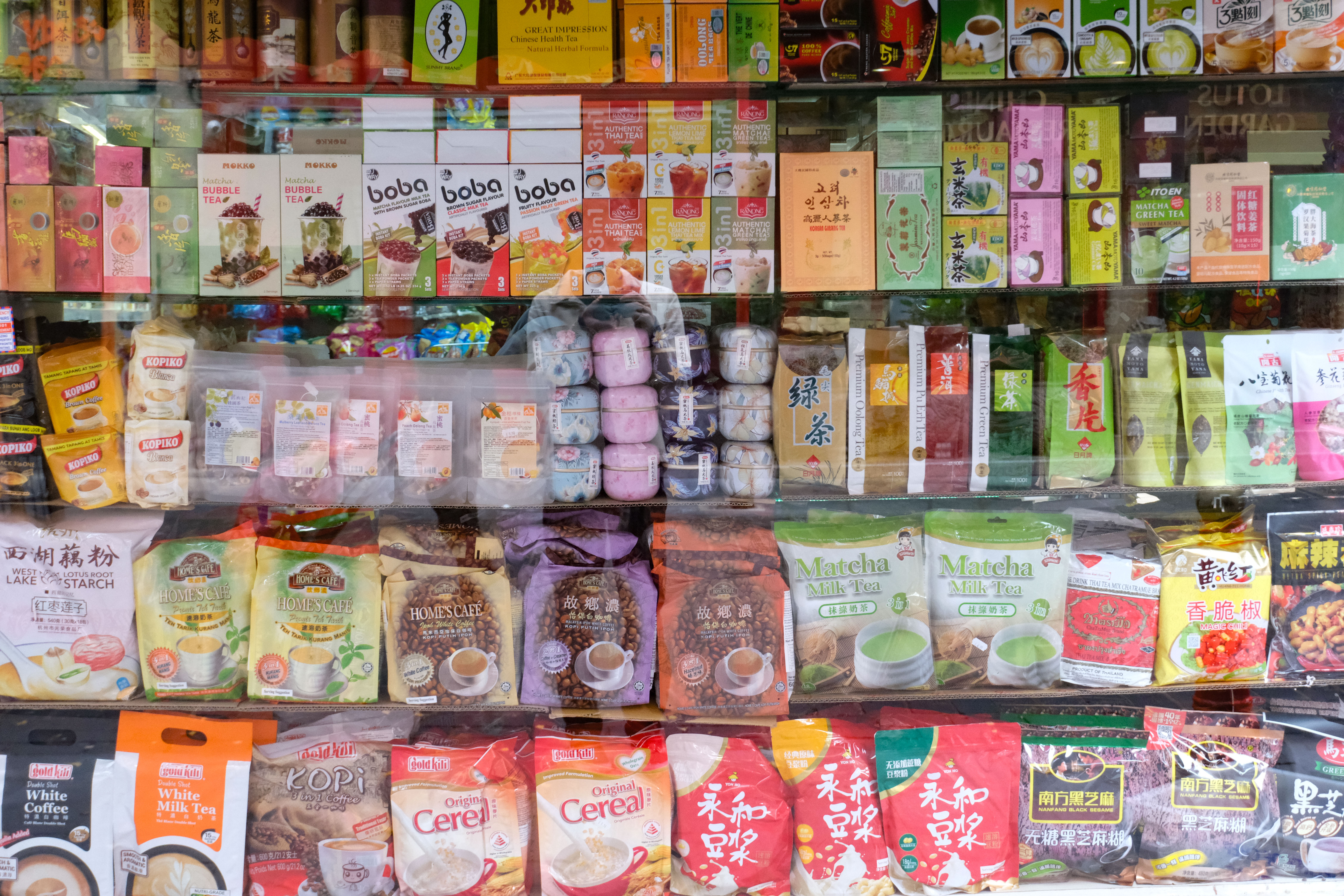
I haven’t had the chance to put this to the test properly yet, but on paper, battery life is good. Fujifilm is quoting CIPA numbers of 425 frames in economy mode, 315 frames in normal mode, and 310 shots in boost mode. This is on par with other cameras that use the NP-W126S battery – although this depends on exactly how you use the camera.
Lastly, for all the Instax fans out there, there is direct printing from the X-T30 to Instax printers, with all formats (Mini/Square/Wide) supported. There is also an option to pre-frame your shot for the Instax size you want to print on as you take photos in the camera.
Fujifilm X-T30 III: Early Verdict
While the X-T30 III might not look all that different from its predecessor at first glance, that’s certainly no bad thing, as the X-T30 III is another gorgeous analog-inspired camera for Fujifilm that you’ll want to be seen with. It's incredibly compact, especially with the new XC 13-33mm lens, and it'll make for a fantastic travel camera to slip in a bag or jacket pocket. The one major change to the body – Fujifilm’s film simulation dial – is definitely a welcome change in a body like the X-T30.
Under the hood, it's easy to be slightly underwhelmed by the modest changes, but the inclusion of Fujifilm’s latest X Processor 5 brings the camera’s performance in line with the company’s more flagship models. Autofocus is much faster than the previous gen, and improved subject tracking makes shooting easier. I also appreciate the enhanced video processing, although I find the two-way tilt screen remains a limitation for vloggers who would be better served by the fully articulating display.
Perhaps the most refreshing aspect of the X-T30 III, though, is its price. In an era when nearly every new camera release (or refresh) seems to come with a hefty price bump, Fujifilm has managed to keep the X-T30 III at the same affordable price point as the X-T30 II. With looks, performance, and price, the X-T30 III should definitely make it onto the shortlist for any newcomers or enthusiasts stepping up from a smartphone or compact camera.
